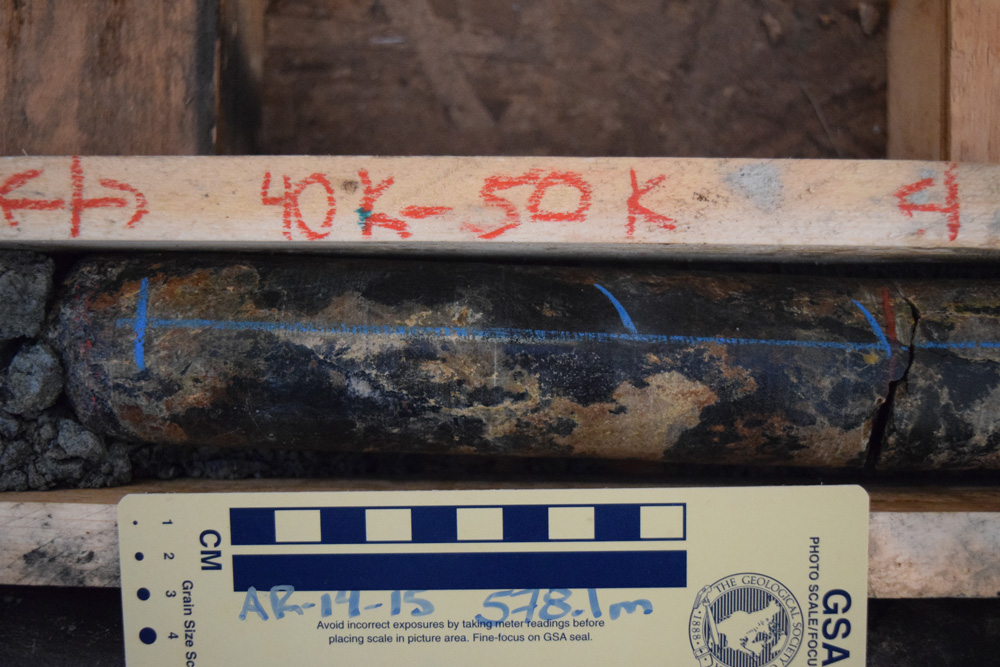
The breakup of the Denison-Fission agreement has shifted the focus to other Athabasca Basin plays, including NexGen Energy.
The Athabasca Basin is back in play after a planned merger between Denison Mines and Fission Uranium fizzled, the companies announced this morning. Two-thirds approval was required from Fission shareholders but they shot down the much-criticized all-share deal, which had dragged down the stocks of both companies since it was announced July 6.
News release: Denison and Fission terminate arrangement agreement
The news comes after a sometimes rancorous shareholder town hall meeting in Toronto last week featuring Denison's Lukas Lundin and Fission's Dev Randhawa that was covered live by CEO chat (story here).
The deal would have consolidated Fission's 100% owned Patterson Lake South deposit and Denison's 60% owner Wheeler River project, as well as Denison's 22.5% ownership of the McClean Lake mill in the eastern Basin.
With the Fission-Denison merger dead, attention turns to next possible moves in the Athabasca Basin, the world's richest underground concentration of the metal used to fuel nuclear reactors.
Fission neighbour NexGen Energy grabbed its share of the spotlight this morning with the release of stellar drill results at the company's rapidly growing Arrow project. Multiple drill holes intercepted off-scale radioactivity, adding to a maiden resource estimate planned for early 2016.
Highlights included:
AR-15-59c2 (130 m step-out up-dip and southwest from AR-15-44b) - 70m of total composite mineralization including 16.9 m of off-scale radioactivity (10,000 - >61,000 cps) within a 122.0 m section (469.0 to 591.0 m) in the A2 shear anchored by near continuous semimassive to massive pitchblende mineralization over 7 m (524.3 – 531.3 m).
AR-15-57c3 (81 m step-out up-plunge northeast from AR-15-44b) - 62.5 m of total composite mineralization including 8.7 m of off-scale radioactivity (>10,000 to >61,000 cps) within a 76.5 m section (364.5 to 441.0 m) in the A2 shear.
AR-15-54c4 (125 m step-out down-plunge southwest from AR-15-44b) - 72.5 m of total composite mineralization including 5.9 m of off-scale radioactivity (>10,000 to >61,000 cps) within a 102.5 m section (601.5 to 704.0 m) in the A2 shear.
“Our systematic testing of Arrow continues to prove up broad intervals of high grade mineralization across the A2 to A4 shears as well as defining an even higher grade sub-zone within the A2," said Garrett Ainsworth, NexGen’s Vice-President, Exploration and Development. "These latest results are highlighted by substantial accumulations of dense massive to semi-massive pitchblende in hole AR- 15-59c2, which has significantly increased the strike length of the higher grade A2 sub-zone from 113 to 162 m. This higher grade A2 sub-zone is sub-vertically dipping with a shallow to horizontal plunge to the southwest, and is highlighted by strong continuity of high-grade mineralization.”
NexGen shares rallied about 32% last week and are up about 118% YTD. The company continues to drill as part of an expanded 30,000-metre summer program that has been very successful in hitting high-grade uranium mineralization.
NexGen has the largest land position in the western Athabasca Basin, and cash on hand of about $20 million.
Check out CEO chat, a popular gathering place for Fission and NexGen shareholders, for the latest on today's news and implications. Author owns shares of NexGen Energy. All investors should do their own due diligence.





















